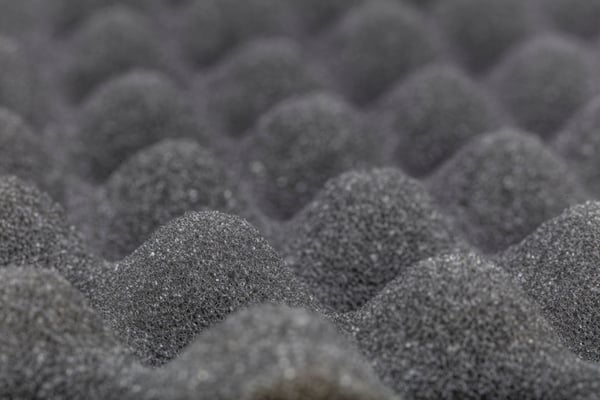Fire retardants are designed to prevent or slow the spread of fire, thereby providing more time for evacuation during an emergency. They are used in construction projects to meet fire safety standards and codes. Flame retardants are available in a wide variety: they are classified according to their chemical composition and grouped based on whether they contain bromine, chlorine, phosphorus, nitrogen, metals or boron.
Flame retardants are applied to building materials to increase the temperature at which a material ignites. As a result, they reduce the burning rate and prevent the flames from spreading. Fire retardants prevent the spread of fire, providing additional time for building occupants to escape and for firefighters to respond.
Make sure your building is well protected against fire.
Where are flame retardants used?
Flame retardants have been used since the 1970s and are applied in the following products:
- Electronics and electrical devices : Computers, phones, laptops, televisions, etc.
- Furniture : Foam, upholstery, carpets, mattresses, curtains.
- Transportation products : Seats, bumpers and other parts of automobiles, planes and trains.
- Building and construction materials : Electrical wiring, insulation materials and structural elements.
Flame retardants in building materials
Considering the importance of fire protection in buildings, flame retardants are a key element of many building materials. A building that doesn't burn easily gives more time for evacuation, and automatic fire protection systems can stop most fires before firefighters arrive.
Cables and Electrical Wiring
A large amount of wiring is present in buildings, often bundled together and hidden in walls and ceilings. Unprotected conductors increase the risk of short circuits or electrical malfunctions.
- Since most wires are hidden behind walls and floors, maintenance is nearly impossible without damaging existing infrastructure.
- Therefore, wiring insulation is treated with flame retardants to reduce the possibility of electrical fires. Insulation helps prevent sparks and the spread of flames.
Isolation
To meet energy efficiency requirements, large sheets of polystyrene and polyurethane foam are used to insulate walls and ceilings. In addition to providing a thermal barrier, insulation also contributes to acoustic insulation.
Unfortunately, these materials can ignite easily, producing toxic fumes when they burn. Flame retardants are applied to these insulating foams, increasing fire resistance and providing additional time for evacuation. Foam insulation flame retardants play a critical role in passing building materials flammability standards such as ASTM E84.
Structural elements
Concrete, wood, plaster and steel structures are coated with special paints and sealants that contain fire retardants. Once applied, they form a thick, insulating and non-flammable foam. These coatings protect the structural integrity of a building in the event of a fire. It is important to protect structural elements from fire, especially those that serve as the base and support of a building. For example, steel loses its ability to support weight and collapses at a certain temperature.
Safety Concerns When Using Flame Retardants

All flame retardants currently used in the construction industry are subject to evaluation and regulation by the U.S. Environmental Protection Agency (EPA) and other regulatory entities around the world.
Some groups have raised concerns about flame retardants, advocating changing building codes and removing them from insulation and other products. It is important to understand that fire safety requirements in building codes are the result of years of study and analysis. That said, all potential health risks from flame retardants must be based on scientific fact, considering both hazard and exposure.
Proposed code edits that reduce flame retardant and fire testing requirements cannot be accepted unless they are supported by solid evidence. For example, ASTM E84 provides a test procedure for measuring the reaction of a material after exposure to fire, covering both flame spread and smoke density. If these two factors are disregarded, a building becomes unsafe and much more vulnerable to fire.
Conclusion
Flame retardants are chemicals that help prevent the ignition and spread of fire when applied to building materials. These substances increase the temperature at which a material ignites, while also reducing its combustion rate. This provides extra time for evacuation in the event of an emergency, and flames can be controlled more easily by automatic sprinkler systems and firefighters.
Flame retardants are used in a variety of products, from electronics to building materials. Because fire retardants have various compositions, concerns have arisen about the environmental and health impact of some retardants. Continuous research is needed to ensure that flame retardants meet fire safety requirements while being harmless to building occupants and the environment.

